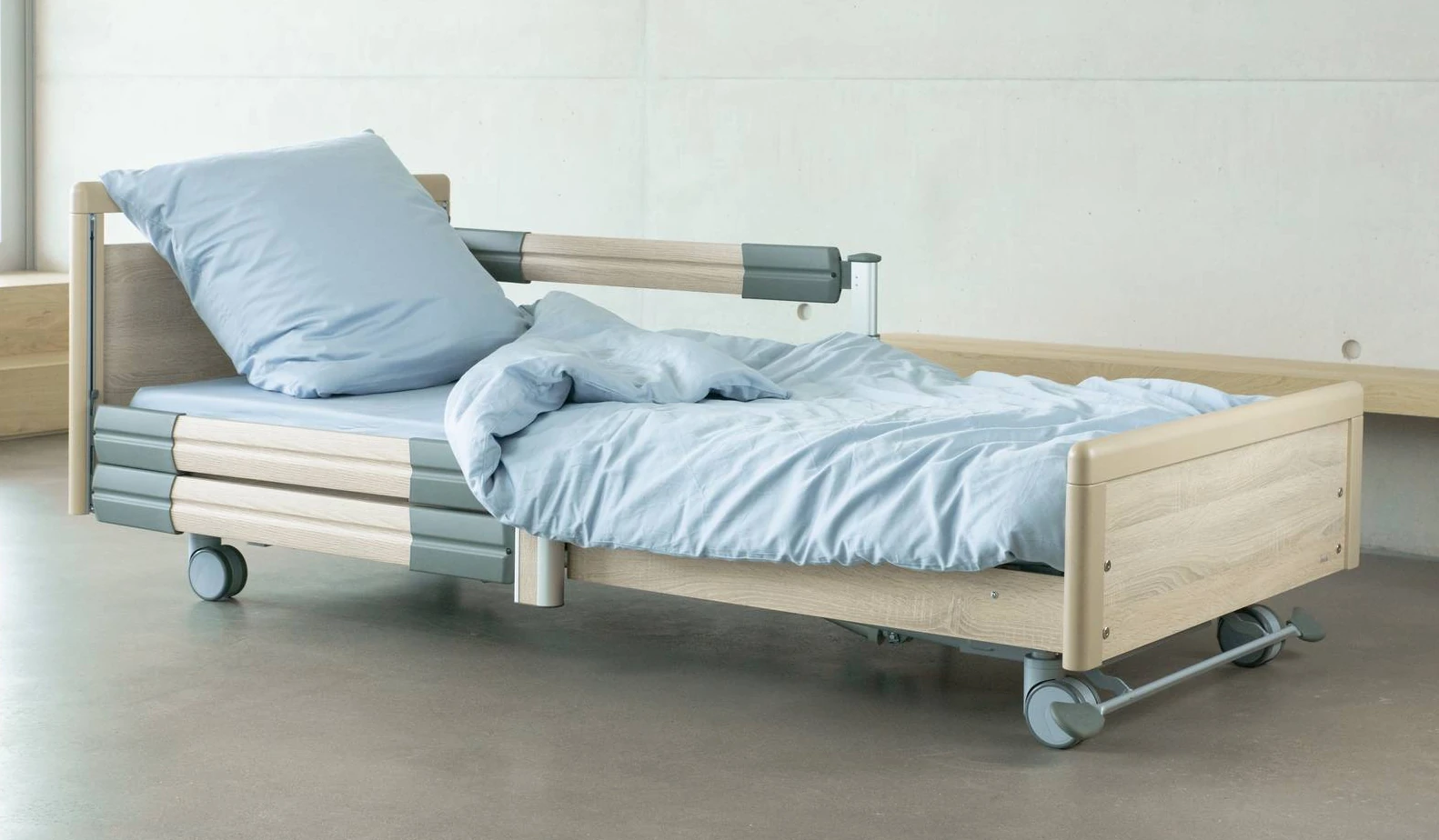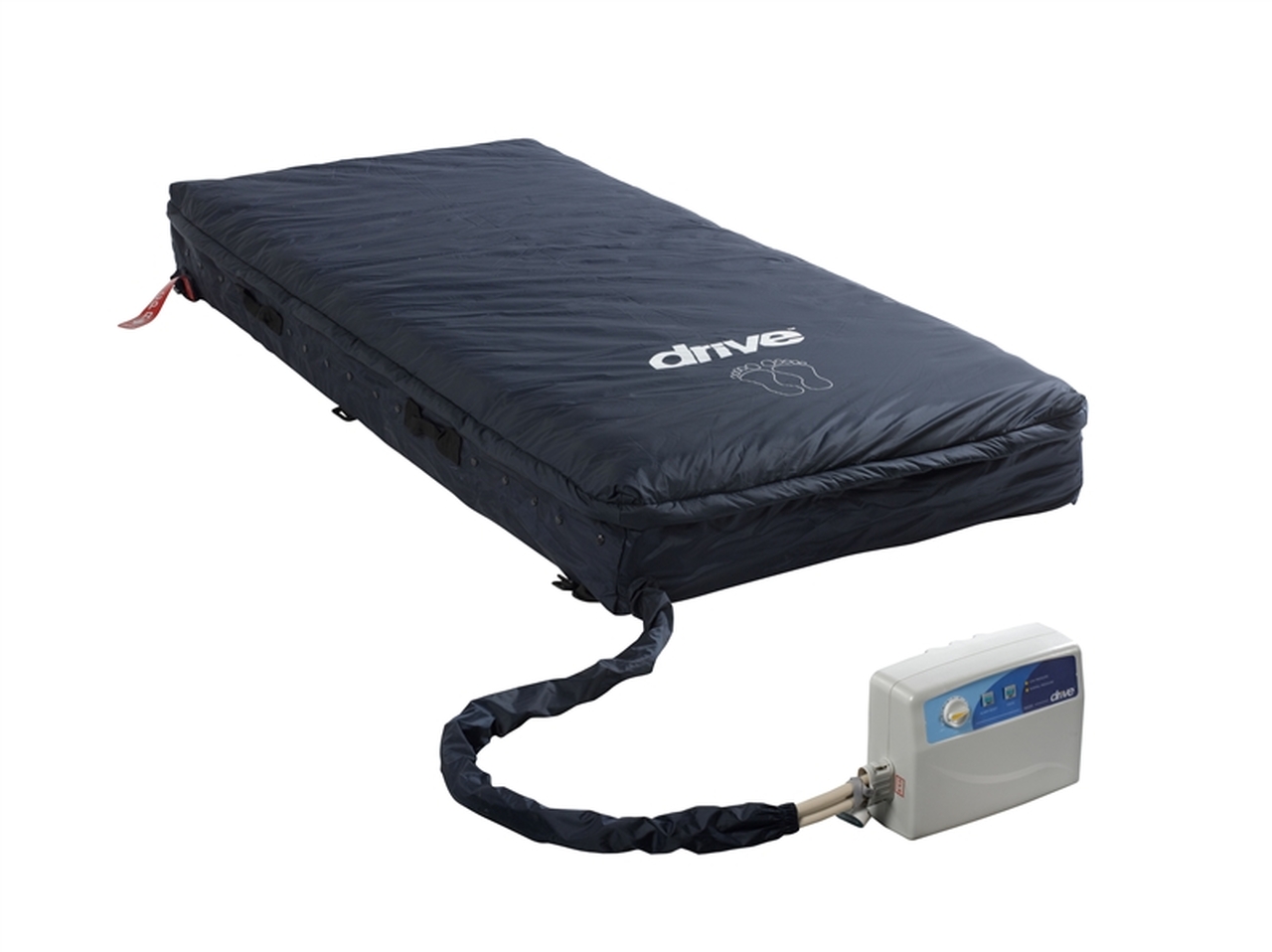Nobody Expects to Need a Hospital Bed—But Sometimes, It's Necessary
Llewellyn never thought he would end up in the hospital. Four weeks ago, while enjoying dinner, he suddenly felt chest tightness and fainted. His wife quickly called an ambulance, and Llewellyn was rushed to the hospital, where doctors diagnosed him with a mild heart attack. After spending two weeks in the hospital, mostly confined to bed, Llewellyn was discharged to return home. However, his home felt different—because he was different.
The Impact of a Hospital Stay
During his two weeks of bed rest, Llewellyn lost much of his strength. The heart attack had weakened him, and simple tasks like getting in and out of bed became challenging. Many activities of daily living, such as bathing, toileting, eating, and even reading, now required extra effort or assistance.
Llewellyn’s mobility was reduced, and his risk of developing pressure ulcers increased from lying in bed for long periods. Additionally, he occasionally became disoriented, raising the risk of falling out of bed. His wife, now responsible for his care, became both mentally and physically exhausted, putting her own health at risk.
Does Llewellyn Need a Hospital Bed?
Given these challenges, Llewellyn needed a bed that could offer comfort, safety, and support—something a regular home bed couldn’t provide. A hospital bed designed for home care became the best, and really the only, solution.
Benefits of a Hospital Bed for Home Care
Hospital beds offer a range of benefits that make them essential for anyone with reduced mobility or a need for extra care:
- Support and Pressure Management: Hospital beds are designed to distribute weight evenly and prevent pressure ulcers.
- Flexibility: They can be adjusted in various ways to help with sitting, sleeping, and getting in and out of bed.
- Safety: Side rails and height adjustability help prevent falls and ease caregiver assistance.
Unlike standard beds from furniture stores, hospital beds provide a safe, comfortable, and empowering environment for recovery and care at home.
Types of Hospital Beds
Hospital beds come in several types, each offering specific benefits based on the patient’s needs:
- Operation:
- Manual: All adjustments (head, foot, and height) are done manually.
- Semi-electric: The head and foot adjustments are powered, but bed height adjustments must be done manually.
- Full electric: Both head/foot and height adjustments are fully powered for ease of use. Full electric beds are recommended for the most flexibility and convenience.
- Size and Weight Capacity:
- Standard beds measure 36” x 80” and can support up to 450 lbs.
- Bariatric beds are wider (up to 48 inches) and can support weights of up to 1000 lbs for heavier individuals.
- Additional Functions:
- Trendelenburg and Reverse Trendelenburg: These positions tilt the bed, raising or lowering the head and feet to aid circulation and ease breathing.
- High/Low beds: These can be lowered to as little as 7-8 inches from the ground for safety and raised to the height of a caregiver’s waist for easy transfers.
- Cardiac Chair position: This position helps elevate the patient’s upper body without requiring much movement, which is useful for those recovering from heart surgery or respiratory illnesses.

Bock Practico 25 | 80 plus bed
Key Features to Consider
- Side Rails:
- Side rails are crucial for preventing falls. They can be full-length for maximum coverage or half-length for more flexibility and access.
- Medical-Grade Mattresses:
- A foam mattress is the standard, and memory foam offers enhanced comfort by conforming to the body.
- For those with limited mobility, an air mattress can help prevent pressure ulcers. Options like the Alternating Pressure and Low Air Loss Mattress System provide optimal airflow and pressure management, crucial for individuals at high risk of pressure sores.

An Alternating Pressure and Low Air Loss Mattress System
Environmental Considerations
When choosing a hospital bed for home care, it’s important to consider how it fits into your home environment:
- Home Décor:
- Standard hospital beds often look clinical, while premium models are designed to blend in with household décor, preserving the warmth and comfort of home care.
- Heat and Humidity:
- Living in a warm climate, such as Bermuda, makes airflow critical for comfort. A low air loss mattress ensures proper ventilation, preventing heat buildup while offering excellent pressure relief—ideal for hot summer months.
Bottom line
Hospital beds provide essential support and comfort for individuals with reduced mobility or those recovering from serious health issues. For Llewellyn, a premium hospital bed is the ideal solution, offering the safety, flexibility, and peace of mind he and his wife need as they navigate his recovery at home. When faced with the need for greater care, a hospital bed can make all the difference in promoting independence and easing the burden on caregivers.